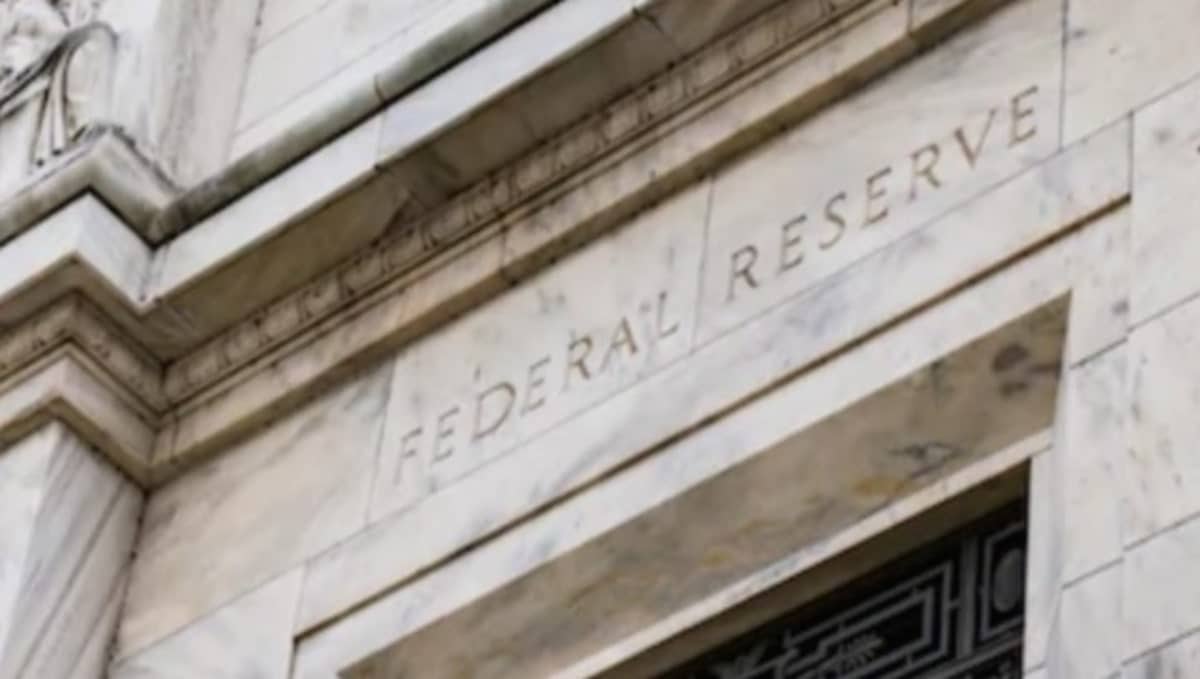Key Insights:
- Fed maintains high rates for inflation control and anticipates economic growth slowdown, complicating inflation reduction.
- Contrary to Wall Street predictions, the Fed prioritizes inflation over rate cuts; strict policy stance evident.
- Shifting Treasury yields mirror economic complexities; the Fed balances supporting growth with managing inflation.
The Federal Reserve’s recent meeting, a critical juncture in US monetary policy, revealed a steadfast approach to interest rates amid complex economic dynamics. The meeting minutes from October 31 to November 1, 2023, indicate the Fed’s unwavering focus on combating inflation despite market expectations leaning toward potential rate cuts.
Fed’s Resolute Stance on Rate Policy
Federal Open Market Committee members displayed little enthusiasm for reducing interest rates at their latest meeting. Their attention is primarily on the ongoing high inflation rate, which surpasses the central bank’s target of 2 percent. The documented minutes from this assembly underscored this approach, highlighting;
“To bring inflation back to the Committee’s 2% target, the monetary policy must remain adequately restrictive over time.”
This cautious stance comes amid a Wall Street consensus that the Fed might be nearing the end of its rate-hiking cycle. Traders in the fed funds futures market are even predicting rate cuts starting as early as May 2024, envisioning a total reduction equivalent to four quarter percentage points by the end of 2024. However, the FOMC’s minutes and Chairman Jerome Powell’s remarks do not indicate such a shift soon. Powell firmly stated;
“The Committee is not thinking about rate cuts right now.”
Economic Growth and Inflation: A Delicate Balancing Act
The Fed’s current benchmark funds rate, set between 5.25 and 5.5 percent, marks the highest level over two decades. This policy responds to inflationary pressures and reflects a nuanced understanding of economic growth patterns. The Committee acknowledges the need to proceed carefully, based on a comprehensive analysis of incoming information, its implications for the economic outlook, and the balance of risks.
Since their last meeting, the economic landscape has shifted, particularly in Treasury yields, which have receded from 16-year highs. The rise in yields, attributed partly to increasing “term premiums” demanded by investors for holding longer-term securities, mirrors the government’s efforts to manage substantial budget deficits. The FOMC noted that changes in financial conditions could significantly influence the path of monetary policy.
Challenges Ahead: Slowing Growth and Persistent Inflation
The Committee expects economic growth in the fourth quarter to slow markedly from the robust 4.9 percent increase in GDP witnessed in the third quarter. This slowdown indicates broader economic trends, with risks to growth skewed to the downside. Meanwhile, inflation risks remain tilted to the upside, complicating the Fed’s policy decisions.
The Federal Reserve’s primary gauge for measuring inflation, the personal consumption expenditures price index, indicated that the core inflation rate stood at 3.7 percent for the year ending in September. Although this represents a decrease from earlier annual figures, it still surpasses the Federal Reserve’s desired target, mainly due to ongoing high costs in housing and healthcare.
Adding to these challenges, wage increases continue to run strong, and so-called sticky prices, which include rent and medical care, have risen 4.9 percent over the past year, according to an Atlanta Fed gauge. This scenario suggests that reducing inflation could be more challenging than anticipated.
Employment Trends and Future Projections
Regarding employment, the job market continues to be strong but is beginning to exhibit signs of cooling off. In October, there was an addition of 150,000 nonfarm jobs, marking one of the most sluggish months in the recovery phase. Concurrently, the unemployment rate has slightly risen to 3.9 percent. A persistent increase in this rate is typically linked to economic downturns.
The Atlanta Fed’s GDPNow tracker shows a 2 percent growth in the fourth quarter, indicating a considerable slowdown from the robust first three quarters of 2023.
At Tokenhell, we help over 5,000 crypto companies amplify their content reach—and you can join them! For inquiries, reach out to us at info@tokenhell.com. Please remember, cryptocurrencies are highly volatile assets. Always conduct thorough research before making any investment decisions. Some content on this website, including posts under Crypto Cable, Sponsored Articles, and Press Releases, is provided by guest contributors or paid sponsors. The views expressed in these posts do not necessarily represent the opinions of Tokenhell. We are not responsible for the accuracy, quality, or reliability of any third-party content, advertisements, products, or banners featured on this site. For more details, please review our full terms and conditions / disclaimer.
